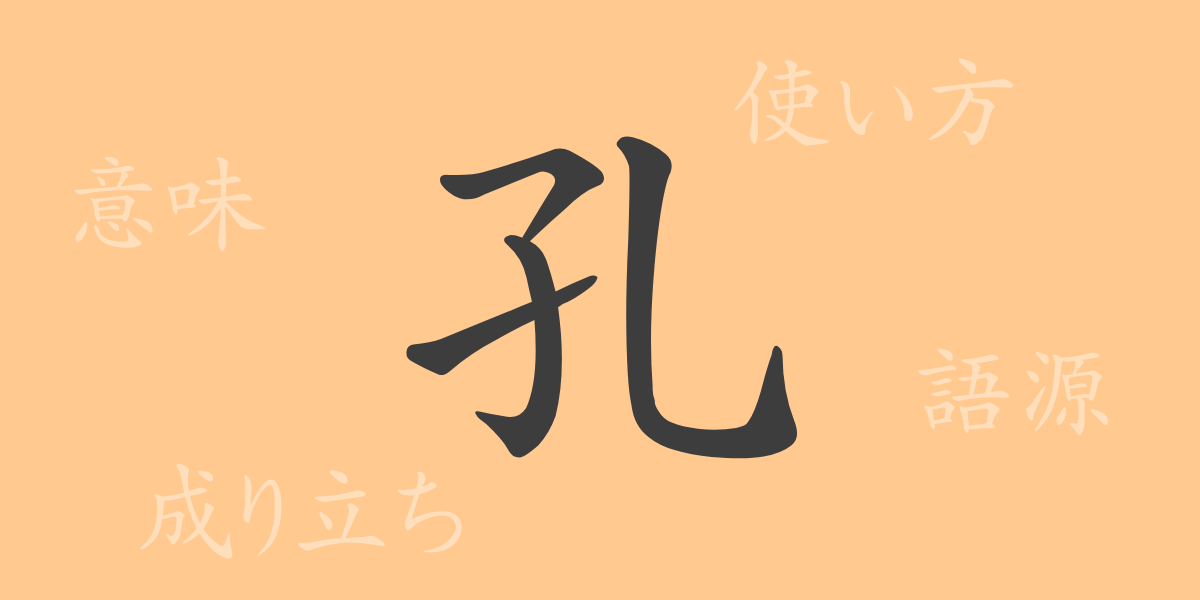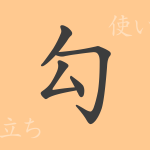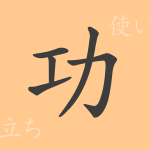The 常用漢字(jouyou kanji) in Japanese have evolved over a long history, and each character holds a unique significance. Among these, the kanji “孔(こう)” is one of the most intriguing, used across various cultural and scientific fields from ancient times to the present. This article explores the kanji “孔(こう)”, from its etymology to its meanings, uses, readings, and related compound words. Let’s delve into the rich world each kanji holds and rediscover the depth of the Japanese language.
Origins of 孔 (Etymology)
The kanji “孔(こう)” can trace its origins back to ancient Chinese oracle bone script. Initially, it was used as an ideogram representing a hole or gap in an object. Over time, its form evolved into the shape we recognize today. This character visually expresses the concept of “an empty space” within an object, a simple yet profound idea that has been used across various cultures and eras.
Meanings and Uses of 孔
The kanji “孔(こう)” means a hole or gap in an object. Beyond physical holes, it can also metaphorically represent gaps or deficiencies. Additionally, it is used in names, such as in “孔子(こうし)” (Confucius), showcasing its broad application.
Readings, Stroke Count, and Radical of 孔
The kanji “孔(こう)” has specific readings and structural characteristics.
- Readings: The on’yomi (音読み) is “コウ(こう)”, and it does not have a specific kun’yomi (訓読み).
- Stroke count: “孔(こう)” has a total of 4 strokes.
- Radical: The radical is 子部(しぶ).
Compound Words, Idioms, and Proverbs Using 孔
Here are some examples of compound words, idioms, and proverbs that include “孔(こう)”.
- 孔子(こうし): Confucius, a philosopher from the Spring and Autumn period in China and the founder of Confucianism.
- 孔雀(くじゃく): Peacock, a bird known for its vibrant feathers and beauty.
- 一孔之見(いっこうのけん): A narrow viewpoint or limited experience.
- 天地開闢(てんちかいびゃく): The moment the world began, representing the creation of the universe.
Summary of 孔
The kanji “孔(こう)” is a simple yet multifaceted character used in various languages, including Japanese. Its applications range from personal names to symbols of nature and philosophical concepts. Understanding the different aspects of a single kanji allows us to appreciate the culture and history behind the words. By exploring these facets, we can deepen our connection to the language and the stories it tells.

























